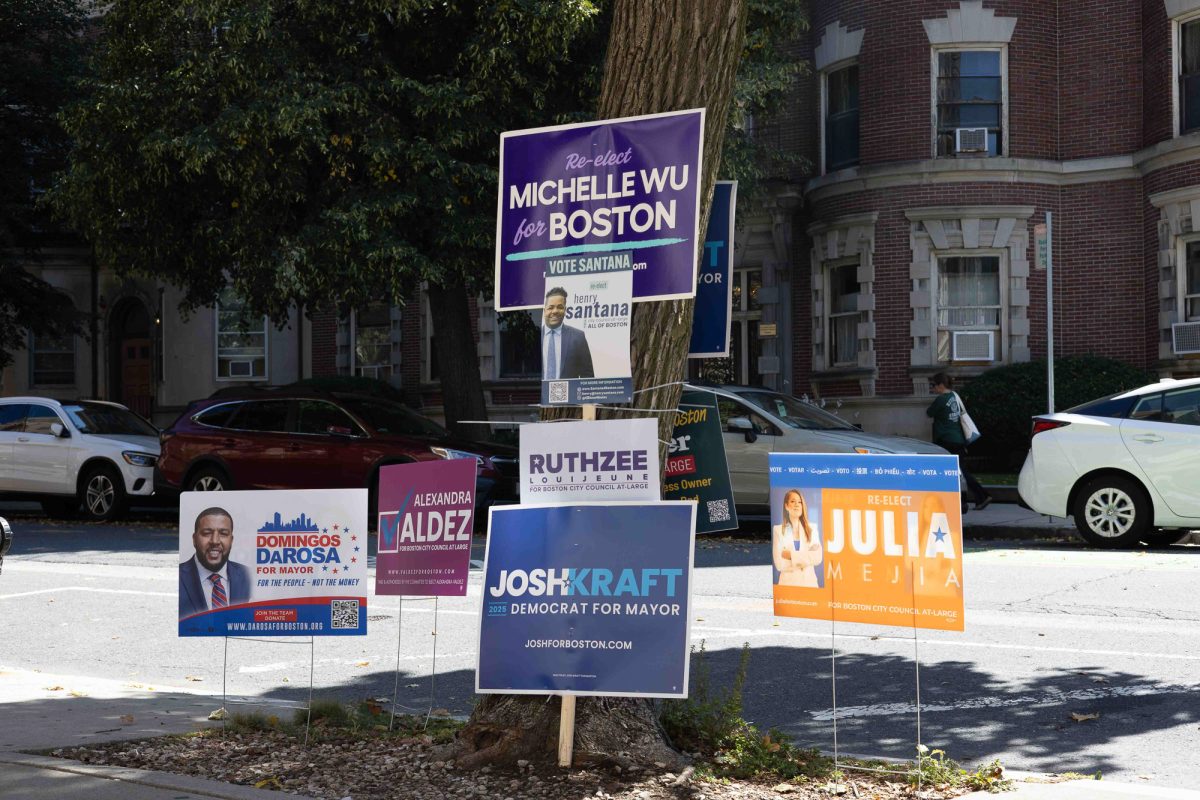As Donald Trump repeatedly reminds us, fake news is everywhere. According to the president, all news sources that do not side with him are reductively fake. Needless to say, this is an extremely dangerous sentiment. Seeing as the average American generally can’t attend press conferences or other important events in the flesh, we rely on credible new sources to deliver to us objective information. If we can’t trust reporters to do so, how will we stay informed and involved in our country’s system of democracy?
I’d recommend watching the video of Donald Trump’s first major press conference after winning the election, where he refuses to take questions from a CNN reporter because the “organization is terrible.”
In accusing absolutely anyone and everyone of falsifying information, our understanding as to what even qualifies as fake news becomes muddled and we lose our trust in the media’s reporting abilities.
Countless sites like Snopes and FactCheck have been created to combat this lack of trust, offering the public complete access to straight-up facts to help them decipher what is true and what isn’t. Yes still, despite these resources, only 22 percent of American are fully confident in their ability to decipher fake news.
And contrary to popular thought, fake news is not a new phenomenon of the Trump era. Some say fake news originated with the story of Franciscan preacher Bernardino da Feltre. On Easter Sunday, when a toddler went missing in Trent, Italy, the preacher released fast-spreading rumors through sermons. He confidently claimed that the Jewish community savagely kidnapped, tortured and killed the child. Due to this fake news, 15 Jews were burned at the stake. When did this occur? All the way back in 1475.
Abusing power and trust, fake news is a political statement pushed by once-credible sources to achieve some type of goal. Today’s fake news is nothing unfamiliar.
By definition, propaganda also falls under the category of fake news. Fast forward from Trent, Italy a few hundred years, and we’re at the forefront of Nazi Germany, one of the most memorable and devastating employments of fake news.
Similar to the Bernardino da Feltre creation of fake news, the Nazi regime purposely depicted Jewish people poorly as subhuman savages in order to inspire hatred and appropriate violence. In his book, “Mein Kampf,” Hitler wrote the following:
“Propaganda tries to force a doctrine on the whole people … Propaganda works on the general public from the standpoint of an idea and makes them ripe for the victory of this idea.”
Jewish people were slammed as being subhuman creatures unworthy of life, a justification for the war’s necessity. One of the most effective propaganda campaigns in history, the Nazi movement relied heavily on propaganda to spread the ideals of National Socialism, among them racism, antisemitism and anti-Bolshevism. Above all, propaganda reminds us how easily swayed humans are, even to the point of acting obscenely violently against our own kind.
Since World War II, fake news went relatively dormant until the dramatic rebirth in society today. Due to the rise of web-generated news, falsified information isn’t as regulated. Meanwhile, it is even more accessible and readily available than ever before — a dangerous weapon.
In accordance with the reign of Trump, fake news has taken on a historically familiar tone: political agency and manipulative means. In a performance of his own, Trump also uses the public’s skepticism of news sources to foster a populous that doesn’t know who to believe. By calling trusted news outlets “failing” and “garbage” and dishing out innumerable insults of fraudulence, he is creating a new form of propagation in reverse.
In this era where the phrase “fake news” is so easily thrown around, how do we decipher what is fake and what is just called fake in order to strengthen Trump’s presidency?





















































































































